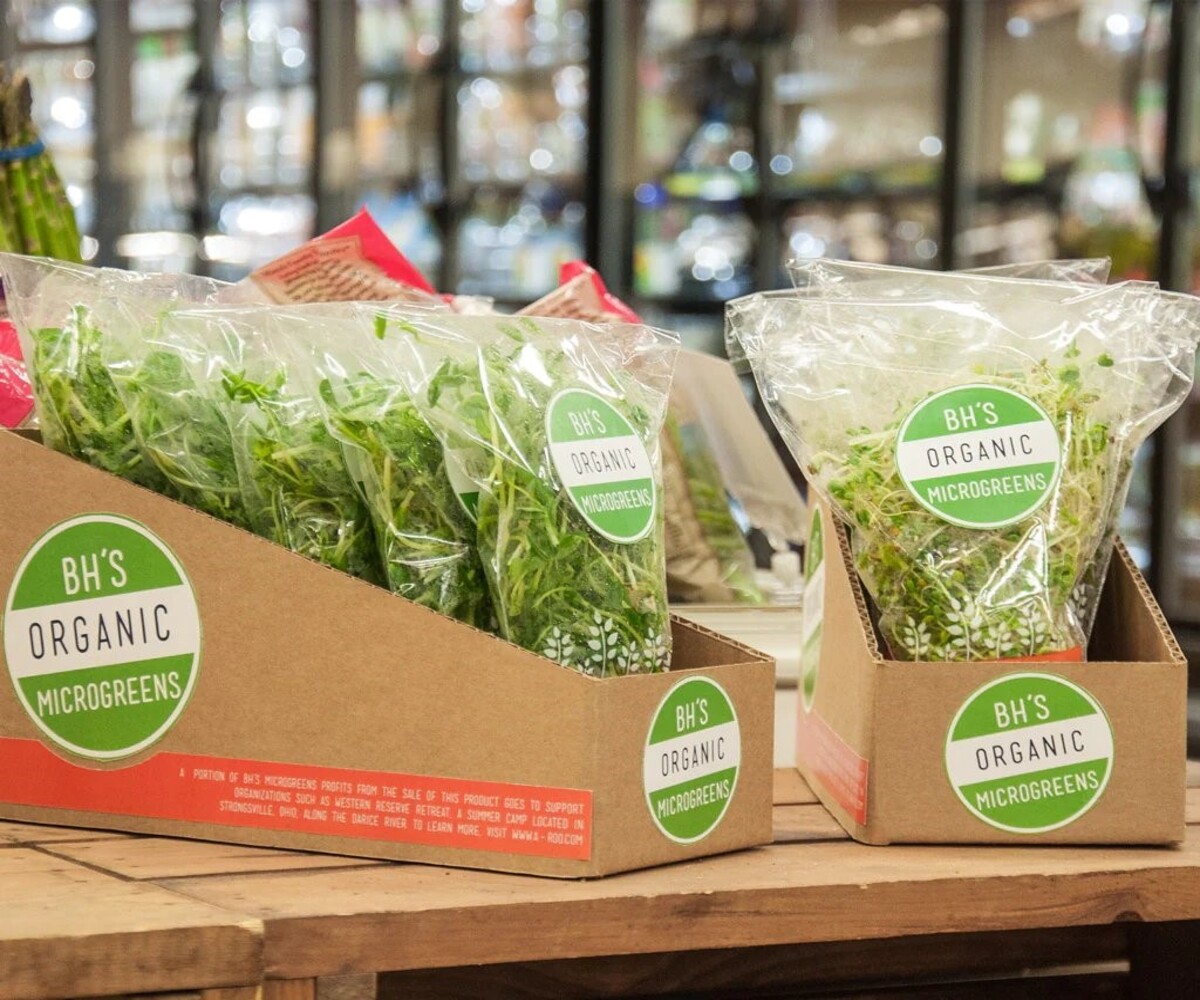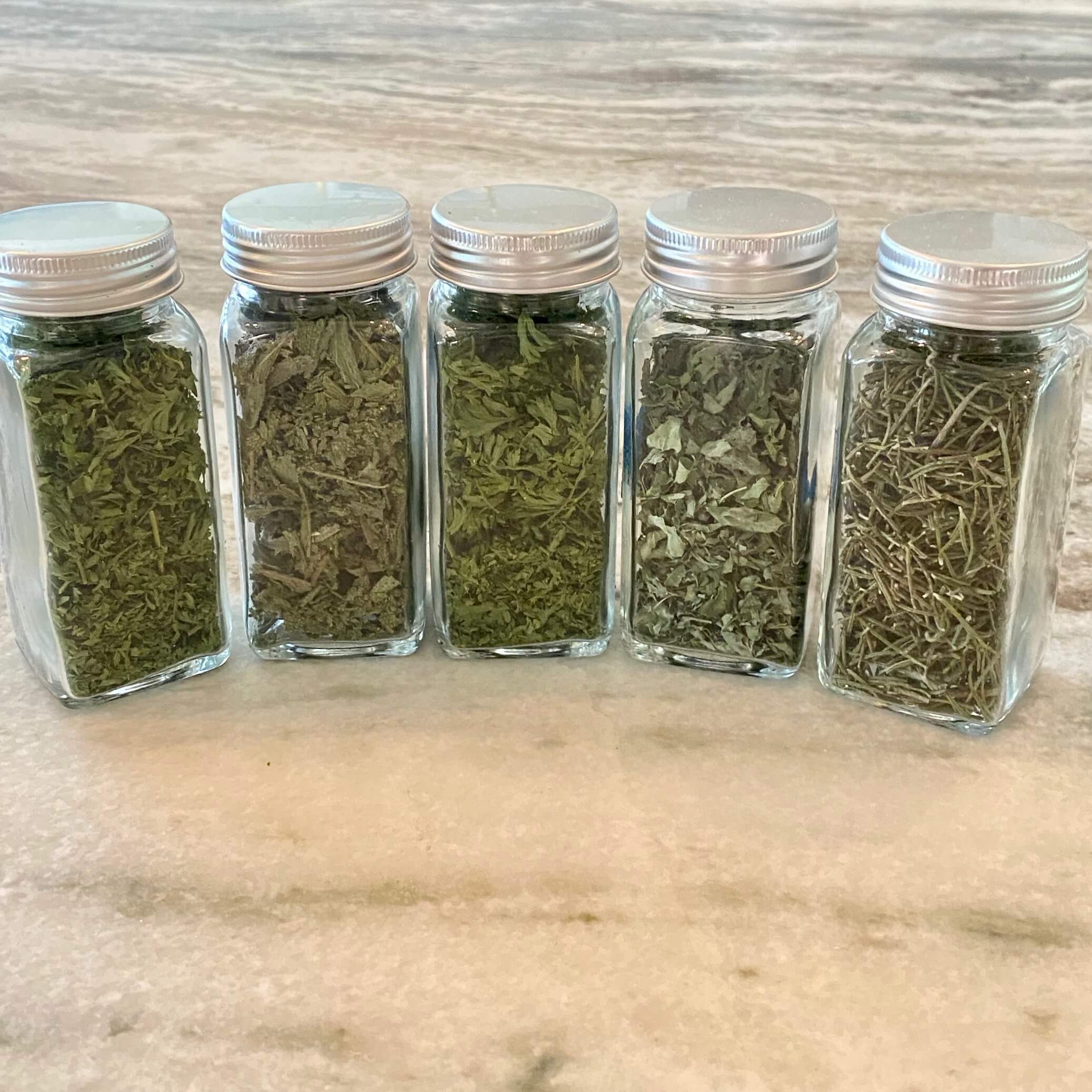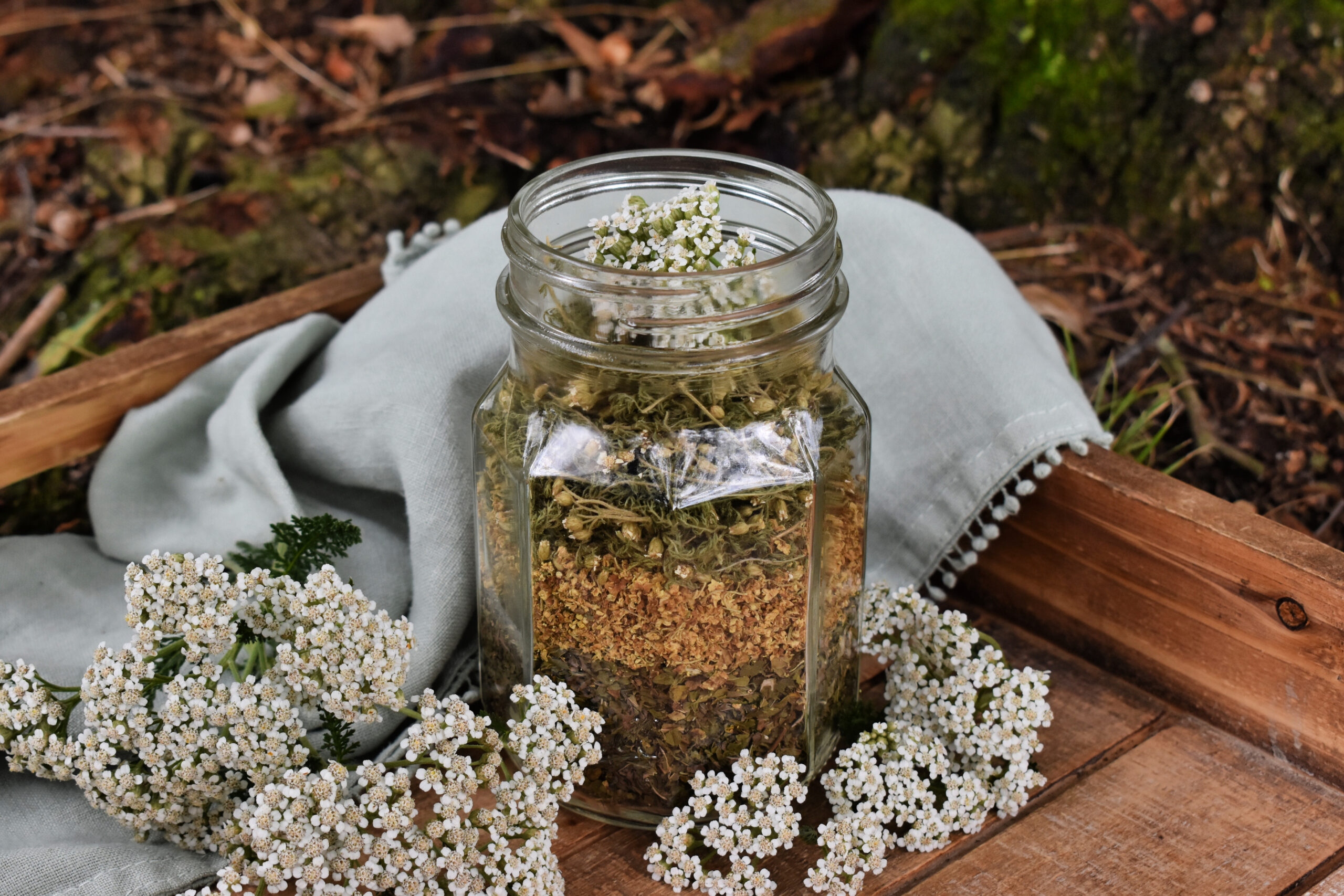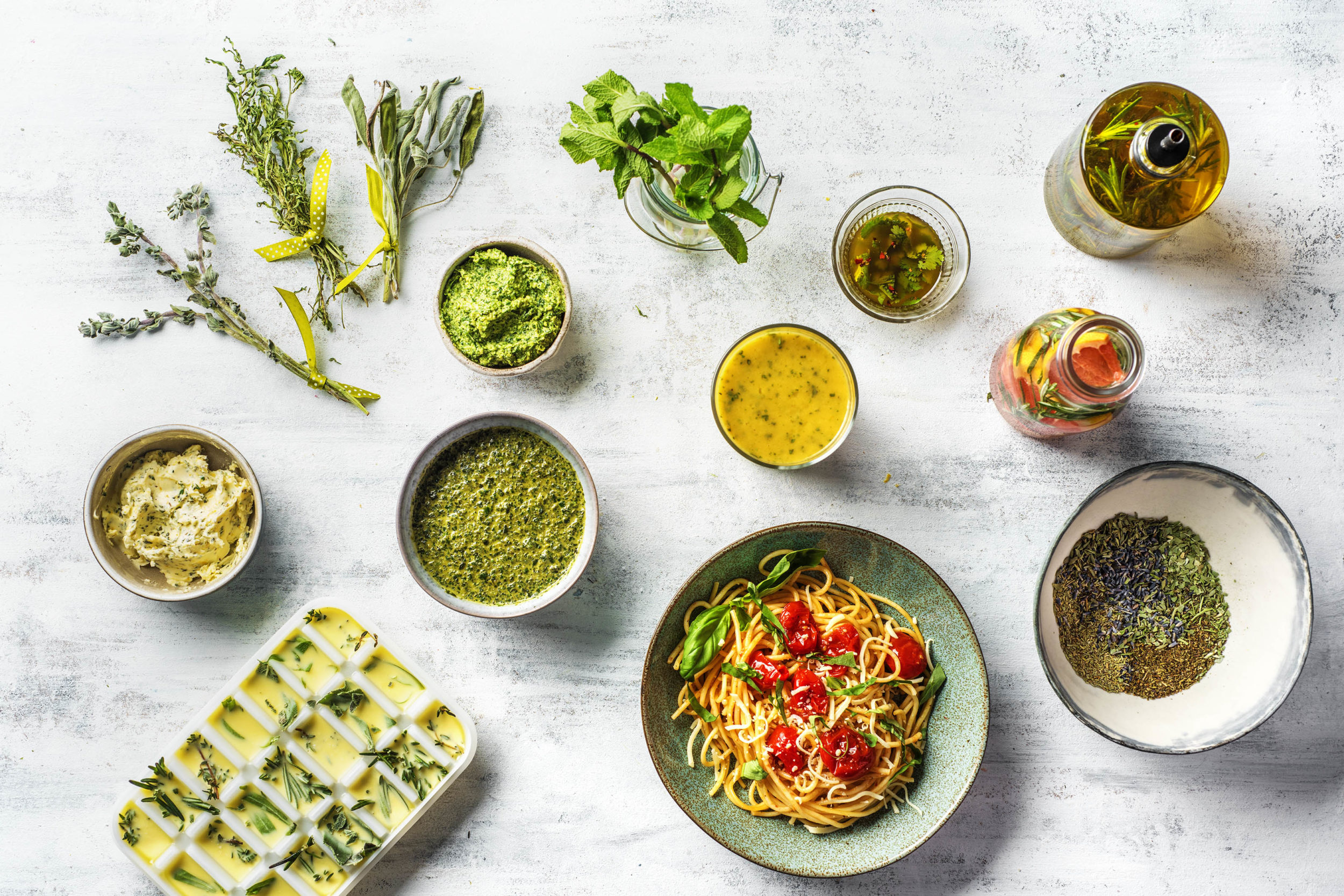Home>Gardening News and Trends>Latest News>How To Substitute Dry Herbs For Fresh


Latest News
How To Substitute Dry Herbs For Fresh
Modified: January 22, 2024
Looking for the latest news on how to substitute dry herbs for fresh? Discover expert tips and tricks to enhance your culinary creations with dried herbs.
(Many of the links in this article redirect to a specific reviewed product. Your purchase of these products through affiliate links helps to generate commission for Chicagolandgardening.com, at no extra cost. Learn more)
Table of Contents
Introduction
When it comes to cooking and baking, fresh herbs are often prized for their vibrant flavors and aromatic qualities. However, there are times when we find ourselves without the luxury of fresh herbs, whether it’s due to seasonal availability, limited access, or simply not being able to use them before they wilt. This is where the concept of substituting dry herbs for fresh comes in.
Substituting dry herbs for fresh can be a practical solution to ensure that your dishes still have that desired herbaceous taste and aroma. While the flavor profile may differ slightly, dry herbs can still provide a delightful and convenient alternative. Whether you’re whipping up a savory sauce, marinade, or soup, knowing how to substitute dry herbs for fresh can save the day in the kitchen.
In this article, we will explore the benefits of substituting dry herbs for fresh, as well as provide general guidelines for making the swap. We will also delve into specific substitutions for various commonly used fresh herbs. So, if you’re ready to learn the art of herb substitution, let’s dive in!
Why Substitute Dry Herbs for Fresh?
There are several reasons why you might find yourself needing to substitute dry herbs for fresh in your culinary endeavors. Let’s explore some of the common scenarios where this substitution can come in handy.
1. Seasonal Availability: Fresh herbs are often seasonal, meaning they may not be readily available year-round. In colder months or in regions with limited access to fresh produce, dry herbs provide a convenient alternative to still enjoy the flavors of your favorite herbs.
2. Extended Shelf Life: Dry herbs have a significantly longer shelf life compared to fresh herbs. They can be stored for months or even years without losing their potency, allowing you to have a wide range of herbs at your disposal at any given time.
3. Convenience: Fresh herbs may not always be easily accessible or practical to use. Maybe you live in a rural area with limited grocery options, or you simply don’t have the time to go to the store. Dry herbs can be conveniently stored in your pantry and readily used whenever needed.
4. Intensified Flavor: While fresh herbs have a bright and delicate flavor, dry herbs often possess a more concentrated and robust flavor. This can be advantageous in dishes where you want a stronger herbal presence or when the dish requires a longer cooking time, allowing the herbs to infuse their flavors into the dish.
5. Consistency: Dry herbs provide a consistent flavor profile, as their potency remains the same from batch to batch. Fresh herbs, on the other hand, can vary in flavor depending on factors such as the soil, growing conditions, and time of harvest. By using dry herbs, you can ensure a consistent taste in your recipes.
In summary, the need to substitute dry herbs for fresh can arise due to seasonal availability, extended shelf life, convenience, intensified flavor, and consistency. By understanding these reasons, you can confidently embrace the use of dry herbs in your cooking adventures and still achieve delicious results.
General Guidelines for Substituting Dry Herbs for Fresh
When it comes to substituting dry herbs for fresh in your recipes, it’s important to keep a few key guidelines in mind. While the exact substitution ratios may vary depending on personal taste preferences and the specific herb being used, these general guidelines can help ensure a successful swap.
1. Conversion Ratio: As a general rule of thumb, you can use one-third of the amount of dry herbs in place of fresh herbs. For example, if a recipe calls for 1 tablespoon of fresh basil, you can substitute it with 1 teaspoon of dried basil. This is because the flavors of dried herbs are more concentrated than their fresh counterparts, so a smaller amount is needed to achieve a similar flavor impact.
2. Timing: Dry herbs should be added earlier in the cooking process compared to fresh herbs. This allows their flavors to fully bloom and infuse into the dish. Fresh herbs, on the other hand, are typically added towards the end of cooking to preserve their delicate flavors and aromas.
3. Crushing and Crushing: Before using dry herbs, it is beneficial to crush them gently to release their essential oils and maximize their flavor. This can be done by rubbing the herbs between your palms or using a mortar and pestle. Fresh herbs, on the other hand, can be chopped or torn before adding them to the dish.
4. Storage: Dry herbs should be stored in airtight containers in a cool, dark place to maintain their flavor and freshness. Avoid exposing them to heat and moisture as this can degrade their quality. Fresh herbs, on the other hand, are best stored in the refrigerator with a damp paper towel around them to keep them hydrated.
5. Consider the Herb: Different herbs have varying flavor profiles and intensities, and this should be taken into account when substituting. For example, dried herbs like rosemary and thyme have stronger flavors, so you may want to use them more sparingly compared to milder herbs like parsley or dill.
6. Taste and Adjust: The best way to determine the right substitution ratio is to taste as you go. Start with the suggested conversion ratio and adjust according to your taste preferences. Remember, it’s always easier to add more herbs if needed than to tone down an overpowering flavor.
By following these general guidelines, you can confidently substitute dry herbs for fresh in your recipes and create flavorful dishes that are sure to impress.
Substituting Specific Dry Herbs for Specific Fresh Herbs
Now that we have covered the general guidelines for substituting dry herbs for fresh, let’s explore some specific herb substitutions that can come in handy in the kitchen:
1. Parsley: If a recipe calls for fresh parsley, you can substitute it with an equal amount of dried parsley. Keep in mind that dried parsley has a more intense flavor, so you may want to start with a smaller amount and adjust to taste.
2. Basil: For recipes that require fresh basil, you can use dried basil as a substitute. The general rule of one-third applies here as well: use one-third of the amount of dried basil compared to fresh basil. Remember to crush the dried basil before adding it to the dish to release its flavorful oils.
3. Oregano: When fresh oregano is not available, dried oregano can be a suitable replacement. Use one-third of the amount of dried oregano in place of fresh oregano. The strong and robust flavor of dried oregano can add depth to sauces, marinades, and Mediterranean-inspired dishes.
4. Thyme: Dried thyme can be used in place of fresh thyme with a one-third conversion ratio. It is important to note that dried thyme leaves are more potent, so adjust accordingly to avoid overpowering the dish with its flavor. The aromatic and earthy notes of thyme can enhance a wide variety of recipes, from soups to roasted meats.
5. Rosemary: Fresh rosemary has a distinct pine-like flavor, but when it’s not available, dried rosemary can be substituted. Use one-third of the amount of dried rosemary in place of fresh rosemary. Crushing the dried rosemary leaves before adding them to your dish will help release their essential oils, intensifying their flavor.
6. Cilantro: Cilantro is known for its unique and fresh taste, but if you can’t get your hands on fresh cilantro, dried cilantro can be used as a substitute. Use one-third of the amount of dried cilantro in place of fresh cilantro. Keep in mind that the dried version may not provide the same vibrant flavor, but it can still impart some of that distinct cilantro essence to your dish.
Remember, these are just a few examples of specific herb substitutions. It’s always a good idea to familiarize yourself with the flavor profiles of different herbs and experiment with substitutions based on your taste preferences and the specific recipe you are working with.
Conclusion
Substituting dry herbs for fresh is a valuable skill to have in the kitchen. Whether you’re faced with limited availability of fresh herbs, the need for extended shelf life, or simply the convenience of having dried herbs on hand, understanding how to make these substitutions can elevate your cooking game.
By following the general guidelines for substituting dry herbs for fresh, such as adjusting the conversion ratios, considering the timing of adding the herbs, and releasing their flavors through crushing, you can ensure a successful and flavorful swap. Additionally, being aware of specific substitutions for common herbs like parsley, basil, oregano, thyme, rosemary, and cilantro gives you the flexibility to adapt your recipes without compromising on taste.
Remember, taste is subjective, so don’t hesitate to experiment and adjust the amount of herbs to suit your personal preferences. With practice, you’ll develop a keen sense of herb substitutions and be able to confidently adapt any recipe to fit the available ingredients in your pantry.
So the next time you find yourself in a situation where fresh herbs are not an option, don’t despair! Embrace the art of substituting dry herbs for fresh and let your creativity shine in the kitchen. With a little knowledge and a dash of culinary magic, you can create delicious and flavorful dishes that will leave your taste buds satisfied.









